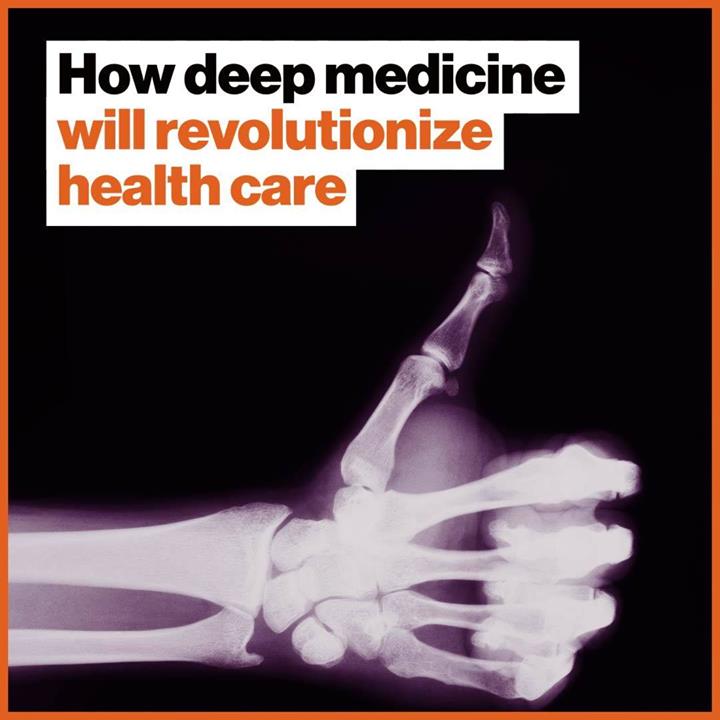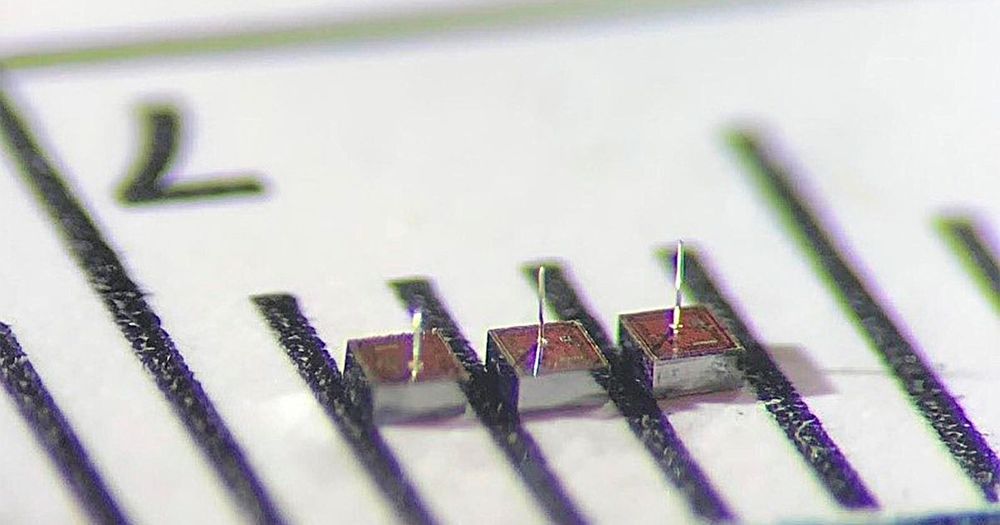Page 9157
May 20, 2019
Friend, foe or unknown force flying overhead? Congress should find out
Posted by Derick Lee in categories: government, military
The good news is that America already possesses vast sensor networks, ranging from the depths of the oceans to the harsh bleakness of space, capable of collecting the requisite information. All that Congress need do at this juncture is to require the Secretary of Defense and the Director of National Intelligence to review the UAP issue and deliver a report providing a comprehensive assessment. This report should include not only an estimate of the situation but a description of the structure and processes required to ensure effective collection and analysis going forward.
Since 2015, dozens of Navy F-18 fighter jets have encountered unidentified aerial phenomenon (UAPs) — once commonly referred to as UFOs — off the East Coast of the United States, some not far from the nation’s capital. Encounters have been reported by other military aircraft and civilian airliners elsewhere in the U.S. and abroad, too, including videos shot by airline passengers.
What these UAPs were and who was flying them — whether friends, foes or unknown forces — remains a mystery. Yet careful examination of the data inevitably leads to one possible, disturbing conclusion: A potential adversary of the United States has mastered technologies we do not yet understand to achieve capabilities we cannot yet match.
Continue reading “Friend, foe or unknown force flying overhead? Congress should find out” »
May 19, 2019
Wireless Network Brings Dust-Sized Brain Implants a Step Closer
Posted by Klaus Baldauf in categories: biotech/medical, engineering, internet, robotics/AI
Brain-computer interfaces have managed some amazing feats: allowing paralyzed people to type words and move a robot using only their minds, to name two examples. Brown University neuroengineering professor Arto Nurmikko has had a hand in some of those developments, but even he says the technology is at only a rudimentary stage—the equivalent of the computer understanding the brain’s intention to bend a single finger.
“We’re trying to go from the bending-of-the-finger paradigm to tying shoe laces and even to the concert pianist level. That requires lots more spatial and temporal resolution from an electronic brain interface,” Nurmikko says. His team is hoping that kind of resolution will come along with the transition from a single, hard wired neural implant to a thousand or more speck-size neural implants that wirelessly communicate with computers outside the brain. At the IEEE Custom Integrated Circuits Conference, engineers from Brown University, Qualcomm, and the University of California San Diego presented the final part of a communications scheme for these implants. It allows bidirectional communication between the implants and an external device with an uplink rate of 10 megabits per second and a downlink rate of 1 Mb/s.
“We believe that we are the first group to realize wireless power transfer and megabits per second communications” in a neural implant, says Wing Ching (Vincent) Leung, technical director at the Qualcomm Institute Circuits Lab at UC San Diego.
Continue reading “Wireless Network Brings Dust-Sized Brain Implants a Step Closer” »
May 19, 2019
How AI will liberate doctors from keyboards and basements
Posted by Paul Battista in categories: biotech/medical, robotics/AI

In hospitals, where many people are treated for life-threatening illnesses, having quality time with your doctor can be the difference between life and death.
However, physicians are often busy, seeing dozens of patients each day. So, then, how can we get more time with them? A.I., says physician and author Eric Topol. In this video, he explains how machine intelligence can free up doctors’ time while they go through their rounds.
May 19, 2019
Where is the Origin of Life on Earth?
Posted by Xavier Rosseel in categories: bioengineering, biological, chemistry, evolution, physics

To answer the iconic question “Are We Alone?”, scientists around the world are also attempting to understand the origin of life. There are many pieces to the puzzle of how life began and many ways to put them together into a big picture. Some of the pieces are firmly established by the laws of chemistry and physics. Others are conjectures about what Earth was like four billion years ago, based on extrapolations of what we know from observing Earth today. However, there are still major gaps in our knowledge and these are necessarily filled in by best guesses.
We invited talented scientists to discuss their different opinions about the origin of life and the site of life’s origin. Most of them will agree that liquid water was necessary, but if we had a time machine and went back in time, would we find life first in a hydrothermal submarine setting in sea water or a fresh water site associated with emerging land masses?
May 19, 2019
SpaceX Is Building a ‘Starship’ Rocket Prototype in Florida, Too
Posted by Genevieve Klien in category: space travel
May 19, 2019
This Genealogy Database Helped Solve Dozens Of Crimes. But Its New Privacy Rules Will Restrict Access
Posted by Genevieve Klien in categories: genetics, law, policy
GEDmatch’s revamped genetic privacy policy could set off legal battles that go all the way to the US Supreme Court.
May 19, 2019
Investing in the Age of Longevity Panel Discussion | Main Stage | Master Investor Show 2019
Posted by Montie Adkins in categories: futurism, life extension

Snake oil, investing, and I like the bit between 19 minutes and 24 minutes on the future. Aubrey is on the panel.
Led by Victor Hill, Author at Master Investor Magazine, the panel first explores what the new field of juvenescence is and why it should be taken seriously…
May 19, 2019
Billion-Dollar Gamble: How A ‘Singular Hero’ Helped Start A New Field In Physics
Posted by Genevieve Klien in categories: physics, space
This unlikely story begins back in the 1960s, when Isaacson was a doctoral student and got interested in one of Albert Einstein’s predictions.
In 1916, Einstein theorized that any time two massive objects crash together, shock waves should move through the very fabric of the universe. These gravitational waves through space and time are like the ripples you see in water when you toss in a pebble.
“For my thesis, I showed how gravitational waves behave like other kinds of waves, like light and radar, X-rays,” Isaacson says.














